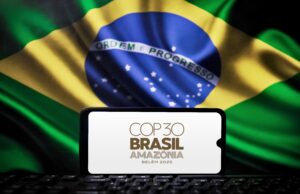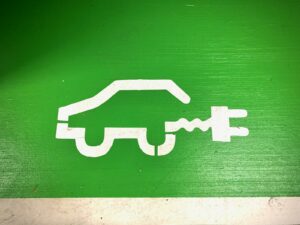In response to the long-standing criticism of wind turbines – that they are extremely difficult to recycle – Vattenfall have been exploring how to provide a second-life for these huge structures.
At last year’s Dutch Design Week, the energy giant invited four design studios to a ‘What if Lab’ and asked them to investigate ways of reusing materials from wind turbines that had been retired.
Thomas Hjort, Director of Innovation at Vattenfall, said: ‘We are looking for innovative ways you can reuse materials from used turbines as completely as possible, making something new from them with as few modifications as possible. That saves raw materials and energy consumption. In this way we ensure that these materials are useful for many years after their first working life.’
Designers Superuse Studios – working with Blade-Made and Woodwave – have repurposed turbine blades in the past but for this project they took the nacelle, the head of the turbine, and created a tiny house, complete with a kitchen, bathroom and living space. Needless to say the house features a heat pump, solar panels and a solar water heater.
The nacelle used for construction was taken from a turbine that was originally built in 2005. During its 20 years of service, it produced 73GWh of electricity, enough to power more than 29,000 homes for a year.
Notably, this nacelle is a particularly small example, given the monsters that are being built today, so when the current crop reach the end of their power-generating lives, future designers will have much more space to play with.
Importantly, the house complies with the building code and is therefore fully usable for habitation, or holiday use.
Jos de Krieger, partner Superuse and Blade-Made said: ‘At least ten thousand of this generation of nacelles are available, spread around the world. Most of them have yet to be decommissioned. This offers perspective and a challenge for owners and decommissioners. If such a complex structure as a house is possible, then numerous simpler solutions are also feasible and scalable.’
Another design studio, cepezed, took advantage of the fact that rotor blades are long, strong and hollow to create a floating island, which took to the waters last month. This featured just one blade but the team believe that if multiple blades were combined, they could form an island strong enough to support housing, farmland, or solar parks—creating new space in an area where land is scarce.
















Leave a Reply